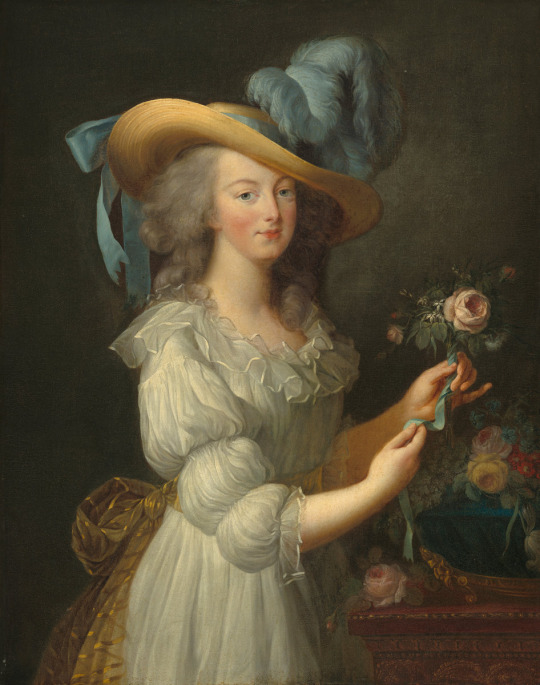#i don't know what a fact would exactly be but i hope these qualify XDD
Note
Hmmmmmmmmm
What are your favourite fashion history facts? 👀
Oooh this is a fun question!! Thank you for asking! :D
Okay, so one of my favorite things is how undergarments worked, like since before Middle Ages. Till very late Victorian era lowest undergarment was chemise made out of linen, which is perfect material against the skin. It's durable and survives rough washing. It's antibacterial like wool and so won't even get very dirty, very easy to wash and doesn't smell mostly. It's extremely breathable so prevents sweating. Because of it's very nice qualities, it protected the outer clothing from the skin, so you wouldn't have to wash your outer clothes almost ever. Clothes lasted longer and you didn't need that many outer clothes. I don't get why did we stop?? They would even make wearing modern bras more comfortable. I'm in process of making myself several linen undershirts and chemises for everyday use!
Another thing, also underwear related, I find fascinating is that Regency dress is basically underwear. Like it's the same when sometimes it's fashionable to have like these tops that are basically like bras, but meant to be worn as outer garment? It developed from the biggest fashion moment in late 18th century, when Marie Antoinette wore the scandalous Chemise a la Reine (chemise of the queen). It looked and basically was a glorified under dress and went very much against the extremely rigid Rococo fashion of the day, which made it even more shocking. But Marie Antoinette absolutely rocked it and it became a huge hit. It wasn't flaunting wealth like robe a la francaises and other maximalist Rococo dresses, so in the 1780s political climate, where people were very angry at the ruling class for the extreme income differences, it was favorable for rich women to wear. After the French revolution last remnants of Rococo fashion where thrown out basically over night and chemise a la Reine took the place of the acceptable fashion and eventually morphed into Regency fashion. The sexy qualities of chemise a la Reine, which reminded of underwear, whiteness, soft flowyness and sheerness, remained as peak fashion during Regency era.


It's also kinda interesting that this underwear becoming outer wear thing has happened other times too. For example Edwardian lingerie dress (the name really tells it all again) is also very much a deliberately drawing association to lacy underwear.
Speaking of 18th century, the pockets were amazing, but my favorite was the trend of pannier pockets, the ultimate pockets of all time.

Really pocket is an understatement, it's basically luggage. This might be urban legend and not fact, but there was apparently case where some woman stole whole chickens from a party in her pannier pockets, which life goals.
I find Victorian mourning jewelry so interesting. They made all kinds of brooches, bracelets, earring etc. out of dead loved one's hair. It's so amazingly gothic. They were these extremely intricate designs.

This is hair. Victorians put a lot of importance in hair. Hair was almost seen as part of soul or representation of it. Sometimes they were made even more gothic macabre by adding these wonderfully creepy hands into them.

One last neat thing I'll mention is that during Renaissance there was no purple clothing. Or I should say bright purple, because they had scarlet, purplish red, lavender and very dark purplish blue. The bright purple associated with royalty was Tyrian purple, also called imperial purple and royal purple etc. The exact color varied from reddish to bluish purple, but all the shades were very bright and deep. Romans are well know for using it. It was pigment gotten from sea snails in Mediterranean in a very labour intensive, difficult and time consuming process. It was very bright and durable. Naturally it was highly desired and extremely expensive, and therefore became color associated with royalty and aristocracy.
After the Roman empire split it was only produced in the Eastern Rome, where there was still capability for it as the Western Rome fell into chaos. So during Medieval era royals and nobles got their expensive purple fabrics from Byzantium, however when Byzantium empire eventually also fell apart in the late Middle Ages, the knowledge and skill for making Tyrian purple was lost until it was replicated in late 17th century. So during Renaissance there wasn't a deep purple available.
#i don't know what a fact would exactly be but i hope these qualify XDD#but i think they are neat things#fashion history#history#answers
108 notes
·
View notes